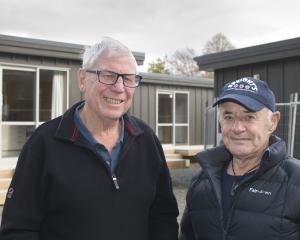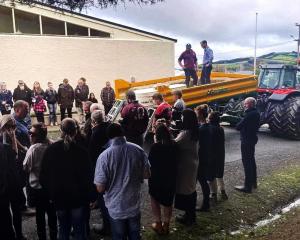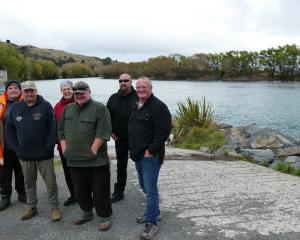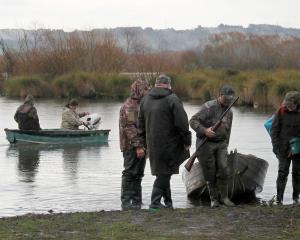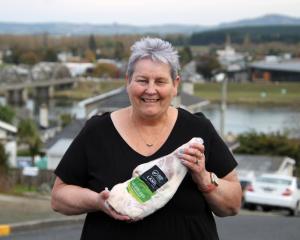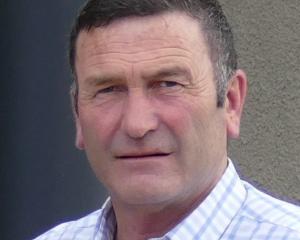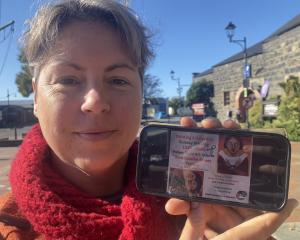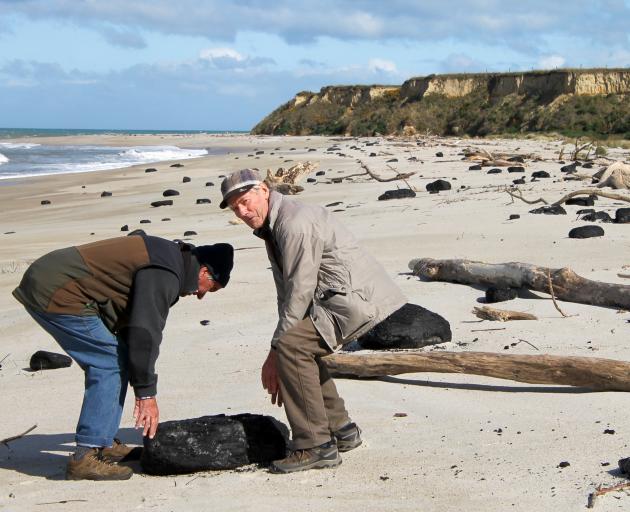
Clutha Leader was contacted on Thursday by two members of the Balclutha Walking Group who had come across slabs of fossil fuel — "some the size of tables" — during a long walk on the beach below Wangaloa domain three days earlier.
Coal fragments can often be found on Kaitangata beaches, but the recent lode is unusual.
"I’ve never seen anything like it on these beaches in 70 years," former top-dressing pilot David Renton said.
Retired farmer Neville King agreed and said the dark flotsam was scattered along the sand for several kilometres north and south.
Local mining engineer, geologist and Kai Point Coal general manager Chris O’Leary is an expert on coal.
He said a similar discovery had been made in the same place in 1844.
"We know a large outcropping of the seam extends out to sea like a reef and likely there’s been some natural erosion with strong easterly currents and a large piece has broken off and fragmented."
He explained that if water was used as a baseline of density at one gram per cubic centimetre (g/cc), gold is 19.3g/cc, but coal is relatively light at only 1.25g/cc, so while it does not float, the water can shift it around relatively easily.
"Which is why it’s often smooth and rounded. Strong tides and waves will roll it right up on to the beaches in a similar way to driftwood logs," Mr O’Leary said.
By Nick Brook

